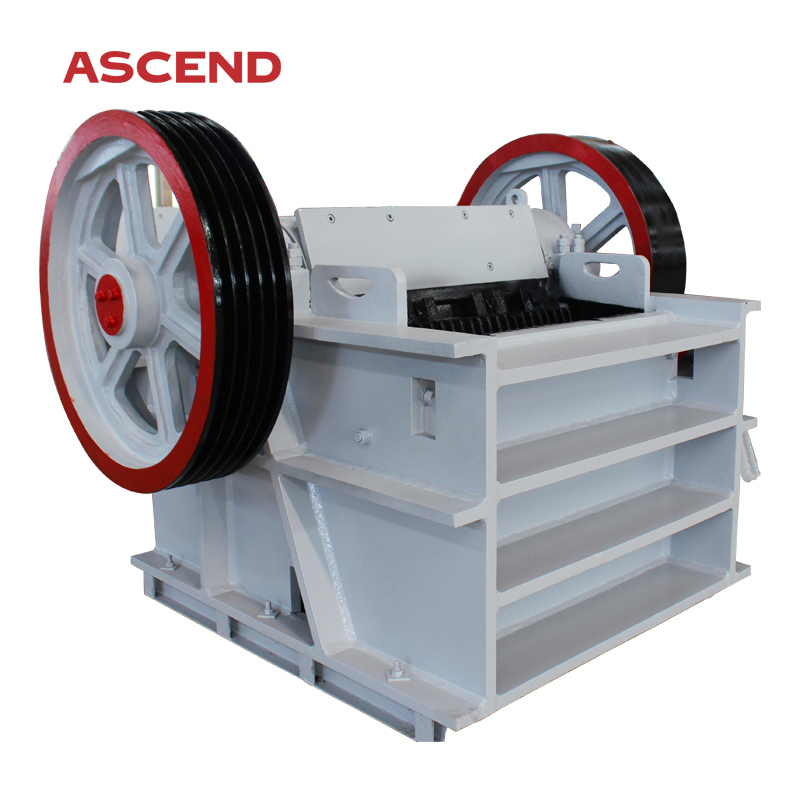 In operation, material is fed as a slurry of minerals and water into a rotating bowl that includes special fluidized grooves or riffles to capture the heavies. Fluidized water/back wash water/recoil water is introduced through the multiple fluidization holes in the inner cone to keep the bed with heavy minerals. Fluidized water/back wash water/recoil water plays an important role during the separation.
In operation, material is fed as a slurry of minerals and water into a rotating bowl that includes special fluidized grooves or riffles to capture the heavies. Fluidized water/back wash water/recoil water is introduced through the multiple fluidization holes in the inner cone to keep the bed with heavy minerals. Fluidized water/back wash water/recoil water plays an important role during the separation.

| Model | Capacity (t/h) | Power (kw) | Feed size (mm) | Slurry density (%) | Backlash water quantity (kg/min) | Concentrates capacity (kg/time) | Cone rotation speed (r/min) | Pressure water required (Mpa) | Weight (t) |
| STL-30 | 3-5 | 3 | 0-4 | 0-50 | 6-8 | 10-20 | 600 | 0.05 | 0.5 |
| STL-60 | 15-30 | 7.5 | 0-5 | 0-50 | 15-30 | 30-40 | 460 | 0.16 | 1.3 |
| STL-80 | 40-60 | 11 | 0-6 | 0-50 | 25-35 | 60-70 | 400 | 0.18 | 1.8 |
| STL-100 | 80-100 | 18.5 | 0-6 | 0-50 | 50-70 | 70-80 | 360 | 0.2 | 2.8 |

 Centrifugal gold concentrator is a relatively new type of gravity concentration apparatus. The machines utilizes the principles of a centrifuge to enhance the gravitational force experienced by feed particles to effect separation based on particle density.The key components of the unit are a cone shaped "concentrate" bowl, rotated at high speed by an electric motor and a pressurized water jacket encompassing the bowl.Feed material, typically from a ball mill discharge or cyclone underflow bleed, is fed as a slurry toward the centre of the bowl from above.The feed slurry contacts the base plate of the vessel and due to its rotation, is thrust outward. The outer extremities of the concentrate bowl house a series of ribs and between each pair of ribs is a groove.
Centrifugal gold concentrator is a relatively new type of gravity concentration apparatus. The machines utilizes the principles of a centrifuge to enhance the gravitational force experienced by feed particles to effect separation based on particle density.The key components of the unit are a cone shaped "concentrate" bowl, rotated at high speed by an electric motor and a pressurized water jacket encompassing the bowl.Feed material, typically from a ball mill discharge or cyclone underflow bleed, is fed as a slurry toward the centre of the bowl from above.The feed slurry contacts the base plate of the vessel and due to its rotation, is thrust outward. The outer extremities of the concentrate bowl house a series of ribs and between each pair of ribs is a groove.













